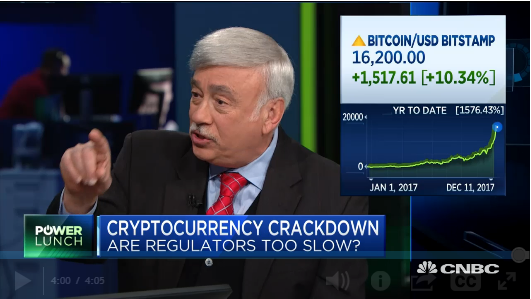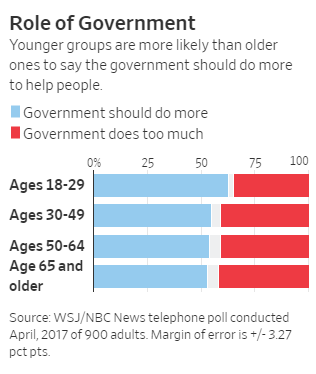Hopelessness: Farmers Today, Pensioners Tomorrow?
The pension crisis in America is starting to make news, even on public radio. Government pensioners are the lucky ones, for now, unlike the 46% of Americans who can’t come up with $400 in the case of an emergency.
Government retirees are still receiving a check every month for, in some cases, what they made when they were on their government job. However, in the case of bankruptcy, those pension benefits can be in jeopardy. The Detroit News reported after Detroit’s bankruptcy settlement, “Retired Detroit Health Department worker Walter Knall is expecting a reduction of about 30 percent, factoring in health care cuts and the recoupment of past interest earnings.”
What happened in Detroit is a harbinger of things to come. While state and local officials have their heads in the sand, “total unfunded pension liabilities have reached $3.85 trillion. That’s $434 billion more than last year. Amazingly, of that $3.85 trillion, only $1.38 trillion was recognized by state and local governments,” writes Oliver Garret for Forbes.
Government pension funds make the wildly optimistic assumption that they will earn 7.5% when making their actuarial calculations. As Garret points out, “when we use a more conservative return of 2.8% based on the Treasury yield curve, unfunded liabilities balloon to $3.85 trillion.”
For instance, pension behemoth, California Public Employees’ Retirement System (CalPERS), with over $300 billion in assets and nearly 2 million members, earned a meager 0.6% recently.
A number of states are floating bond issues to fund their pension plans. South Carolina’s is $24.1 billion in debt. At the end of 2016, New Jersey had a $135.7 billion deficit in its pension funds—$22.6 billion more than the year before—at the same time, Illinois’ gap grew by $7.6 billion.
Garret writes, “nearly one million US workers and retirees [are] covered by pension plans on the verge of collapse.” Uncovered, is more like it. Private pensions are in bad shape as well, reports Bloomberg, victims of central bank zero interest rate policies.
According to Bloomberg, “Americans are Crushing it with their 401k Balances.” Yes, the average 401k balance is up to $97,700 and IRA totals are up to an average of $100,200. Those kind of totals would spin off $2,800 a year if invested in treasuries, enough to buy cat food to go with your shopping cart.
Meanwhile, Investopedia says, “the alarming fact is that not only are more households carrying debt, but that debt has increased dramatically. In fact, between 2001 and 2013 the average debt held by seniors increased 83%.”
Not enough income while drowning in debt at old age could lead people to hopelessness, The same depression many farmers are stricken with. The Guardian reports that suicide rates among farmers are five times the rest of the population. Farm income has declined by half since 2013 and the average family farm is expected to lose money in 2017.
Farmer and psychologist Mike Rosmann told Debbie Weingarten for the Guardian, “The rate of self-imposed [farmer] death rises and falls in accordance with their economic well-being … Suicide is currently rising because of our current farm recession.”
Newsweek reported that the suicide death rate for farmers was more than double that of military veterans. However, the magazine likely underestimated the deaths because it skipped some farming states like Iowa. Plus, as Rosmann and other experts explain, farmer suicide rates are likely higher, because some farmers disguise their suicides as farm accidents.
Ms. Weingarten points out, “The US farmer suicide crisis echoes a much larger farmer suicide crisis happening globally: an Australian farmer dies by suicide every four days; in the UK, one farmer a week takes his or her own life; in France, one farmer dies by suicide every two days; in India, more than 270,000 farmers have died by suicide since 1995.”
Onaga, Kansas farmer John Blaske told Weingarten, “In the last 25 to 30 years, there’s not a day that goes by that I don’t think about suicide.”
The Center for Disease Control suggests possible causes for the high suicide rate among US farmers, to be “social isolation, potential for financial losses, barriers to and unwillingness to seek mental health services (which might be limited in rural areas), and access to lethal means.”
What is a problem on the farm today, might be the whole country tomorrow.






